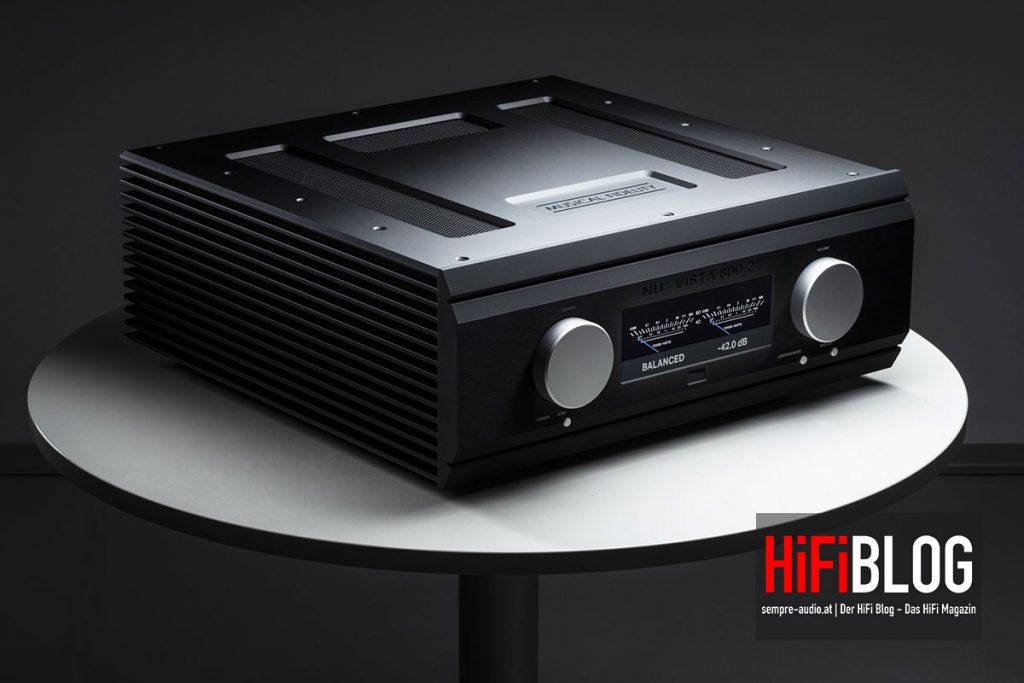
Class D
Class D – also known as a switching amplifier – is radically different, and quite hard to explain. Don’t worry if you don’t understand this bit. We’ll get to the practical stuff in a moment. Although the D in Class D does not stand for digital, the confusion is not surprising. In Class A and Class B designs, at every point through the electronics the signal is pretty much the same. It comes in rising and falling as the music does its thing. That’s what it does in the transistors, and that’s how it’s delivered at the speaker terminals.
With Class D, instead the incoming signal is converted to pulses. It kind of looks like digital (particularly Direct Stream Digital), but it is still analogue in the sense of not having a specific number space defining where the edges of the pulses must fall. The pulse might be wide, or frequent, to represent a high point in the wave form, and narrow or infrequent for a low point.
At the speaker terminal, a simple filter is applied and this converts the pulses back into an analogue signal.
This seems like a very weird way of doing things, but it does have some real benefits. The main one is efficiency. Instead of the signal ramping up and down to different levels in the output transistors, they are at all times simply on or off. The pulses determine when they are on or off. Transistors are highly efficient when they are fully on, so they’re not wasting a whole lot of energy as heat.
So, if you need a lot of power but in a lightweight package, with little need for heavy heatsinks, Class D is a viable solution. So viable that a lot of subwoofers use Class D. The technology is still not common in high end audio amplifiers yet – but it is in some. And don’t be surprised as you see more of them about.
